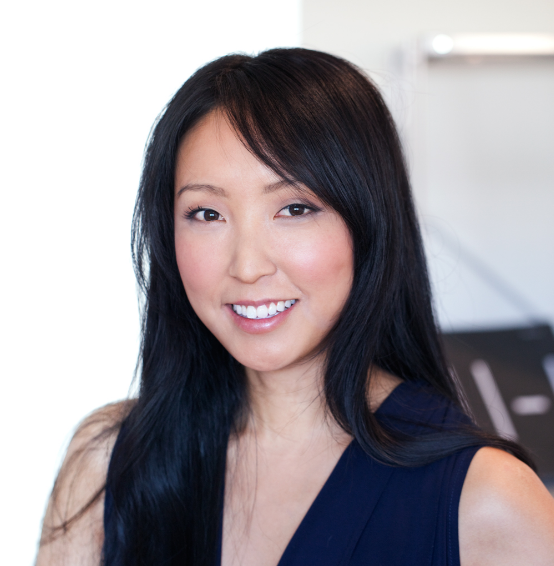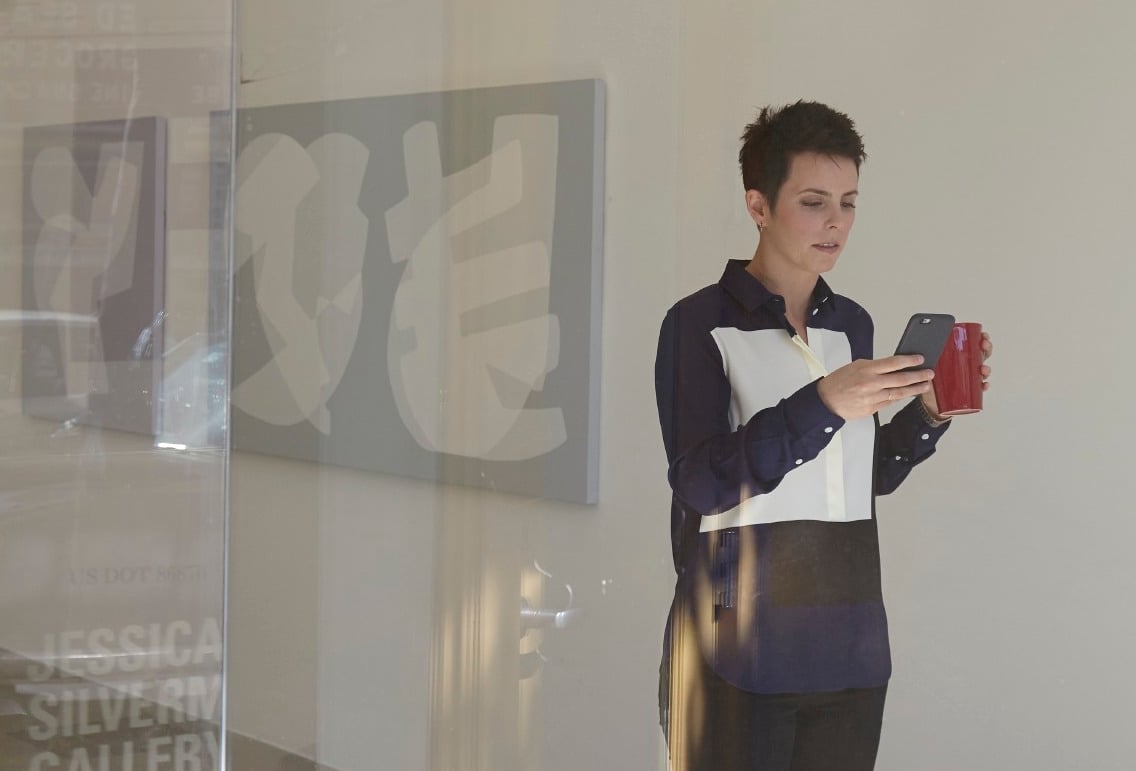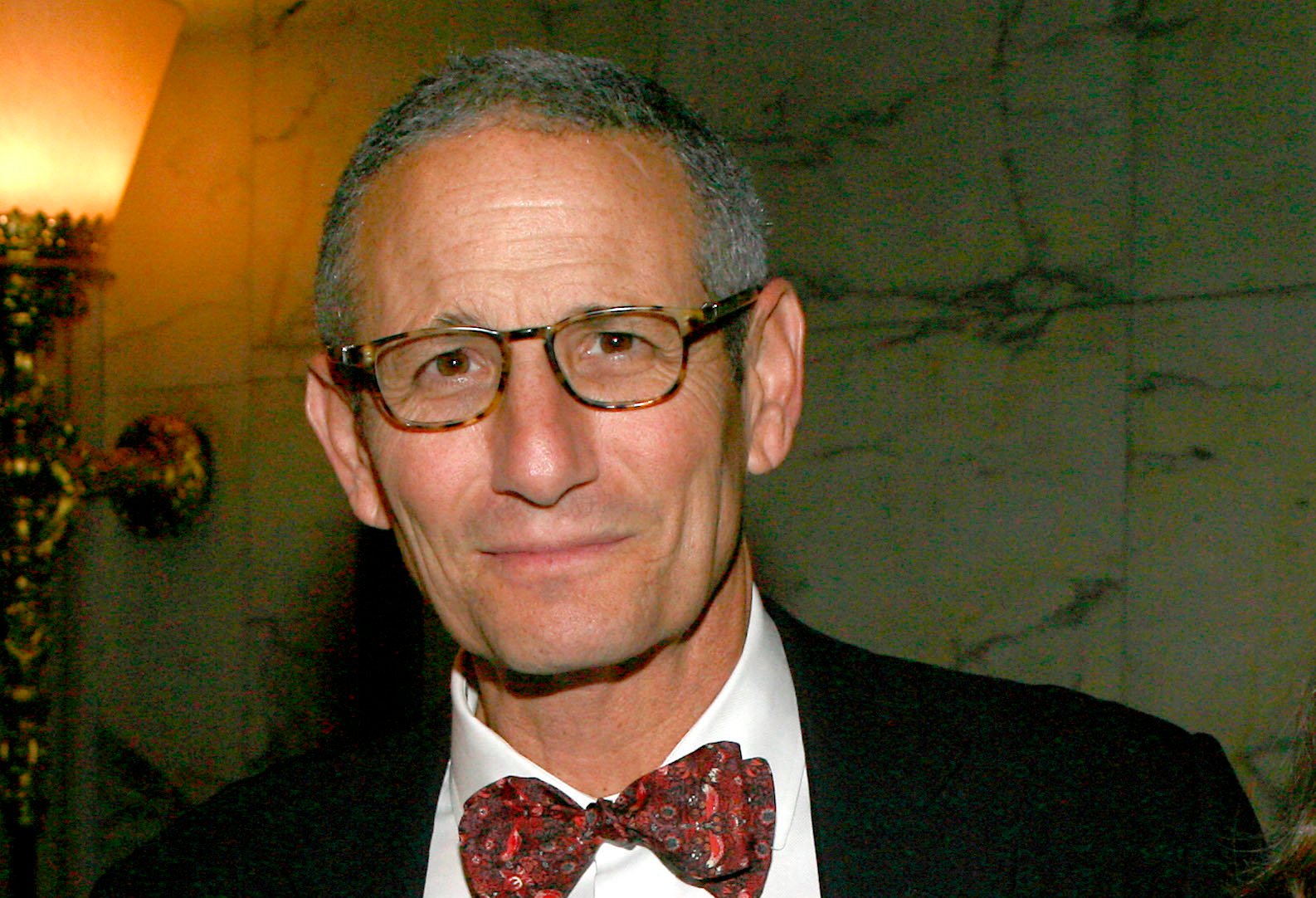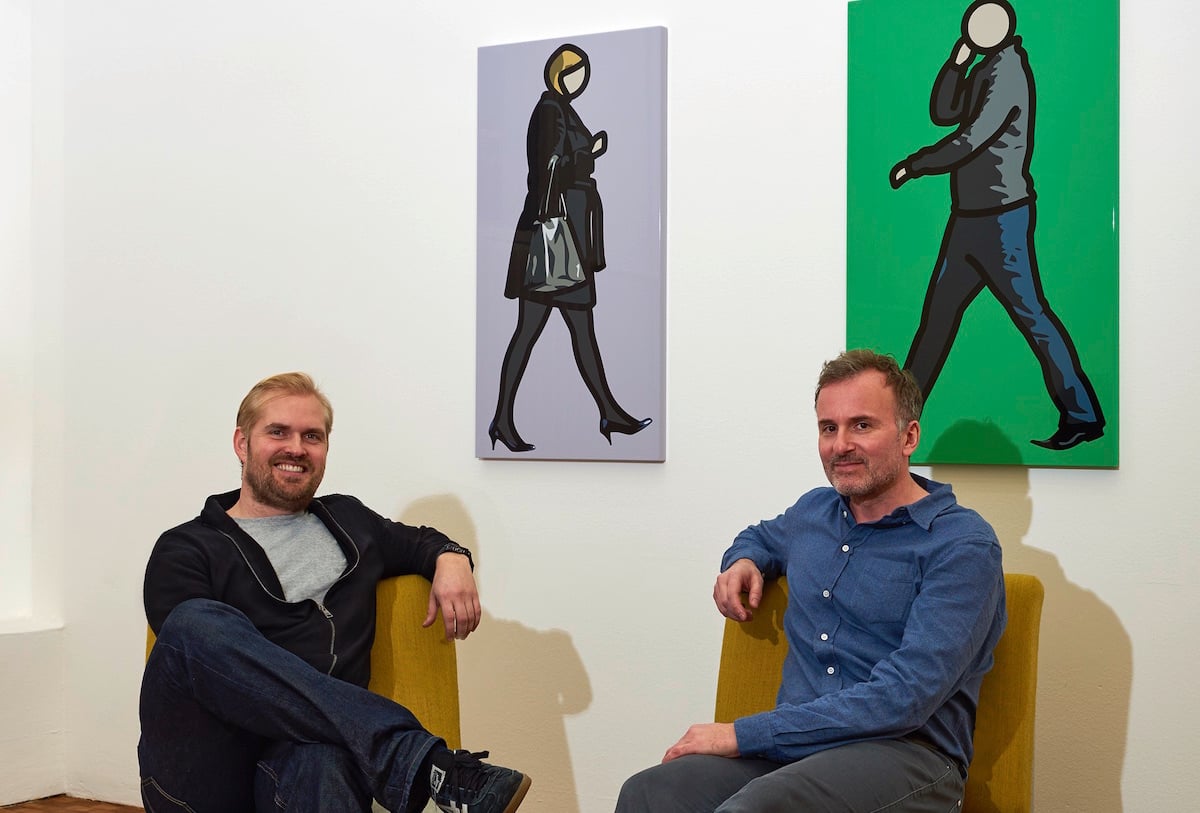Galleries
Five Dealers Tell Us How to Start an Art Gallery
Five dealers reveal their beginnings in their own words.

Five dealers reveal their beginnings in their own words.

Henri Neuendorf

How do you start an art gallery? The question is easier to ask than to answer. There is no degree or qualification required to be a gallerist. There’s also no specific path or trajectory that will fully prepare you for this highly complex and multifaceted occupation.
Everyone seems to end up in the job in a different way. Some are part of a group of artists, but end up being the person who organizes the shows. Some are driven by a deep passion for art and just want to participate in the art world, and others decide to have a go at being a dealer after doing other art-related jobs.
To help answer this difficult question we approached a number of successful gallerists to ask them what attracted them to the job, how they got their start, and what it takes to be successful.
1. Esther Kim Varet, owner of Various Small Fires, Los Angeles
I moved to Los Angeles about five years ago to start doing archival research at LACMA [the Los Angeles County Museum of Art] for my Columbia art history PhD dissertation. My husband and I ended up taking over a three-story townhouse on one of the most commercial strips in LA, and the ground floor was already conveniently set up as a storefront.
It just seemed too easy and tempting to start putting on shows—and, more importantly, a welcome distraction from working on my dissertation. There were so many emerging and mid-career artists in both New York and LA that wanted to show in this city but found limited platforms. I had worked at a number of galleries in NY after college (Paula Cooper Gallery, Pace Gallery, Friedrich Petzel). The art business was something that was very natural to me, but it really wasn’t until I moved to LA that the timing felt so right.
When I opened VSF, we were truly at the very beginning of the big tidal wave of galleries and project spaces that would come shortly after. So when we opened, we had so much curatorial and artist support for what we did that I just had to keep on going. And the collectors naturally came into the fold too.

Jessica Silverman. Photo: Leslie Williamson, courtesy Jessica Silverman Gallery, San Francisco.
2. Jessica Silverman, owner, Jessica Silverman Gallery, San Francisco
As an art school undergraduate, I felt much more engaged with the work of other artists than in my own art practice, so I turned my college studio into a gallery, calling it Studio 228 after my room number. Subsequently, I did the MA in Curatorial Practice at the California College of the Arts and opened up a project space in Dogpatch before I graduated. In 2008, I moved to a small space in downtown San Francisco, and in 2013 to my current 3,000-square-foot space in the historic Tenderloin district.
Opening my gallery while I was still a grad student enabled me to move slowly, build a program one artist at a time, and grow a strong collector base with curatorial support, without being under too many inquisitive eyes. I experimented a lot with artists, exhibition formats, spatial configurations, and time frames. Looking back, I would not change a thing. For me, building a program should not be premeditated or proscribed, but thoughtful and organic and responsive to the times.

James Cohan. Photo: Sylvain Gaboury/PatrickMcmullan.com.
3. James Cohan, owner, James Cohan Gallery, New York
In order to start an art gallery in the world today, there is really only one key component: Great artists, individuals who you believe in and are willing to fight for in the context of selling their work, promoting it to the curatorial constituency, and engaging critical dialogue. Finding support from the curatorial world matters. Collectors are important, however, artists are our life blood, and without them we mean very little apart from a nice smile and maybe a glass of wine in a plastic cup.

Artist Shannon Ebner and gallerist Claudia Altman-Siegel. Photo: Institute of Contemporary Art, Miami via Facebook.
4. Claudia Altman Siegel, owner, Altman Siegel Gallery, San Francisco
I was the senior director at Luhring Augustine in New York for 10 years before I moved to San Francisco at the end of 2007, right before the recession. It was right when business was really thin in New York and I just wanted to live somewhere else. When I got to San Francisco, it seemed like the city had a really good museum with a really strong trustee base and really good artists lived there. But the gallery scene was very small compared to New York. It felt like there was a niche in San Francisco that needed filling.
Coming from New York, I had a whole list of artists I was friends with that were my age, but too young to do anything at Luhring [Augustine]—Sara VanDerBeek, Matt Keegan, Shannon Ebner. I had a shortlist of people that I wanted work with if I could do my own thing, but I just couldn’t do it working for someone else.
I decided to open the gallery, and then the recession hit and the bottom fell off of everything. But in a way it worked out perfectly because I had money from working in New York at the height of the market, and nobody expects to make a lot of money in their first year in the gallery anyway. I was able to find a space and work with the artists I wanted to, and was able to try something new.

Nicolai Gerner-Mathisen and Atle Gerhardsen. Photo: Matthias Kolb, courtesy of Gerhardsen Gerner, Berlin & Oslo.
5. Atle Gerhardsen, partner, Gerhardsen Gerner, Berlin & Oslo
I had planned it for a number of years but it took me a long time to get started. I studied art history in Lund, Sweden but even before university I wanted to open a gallery.
After studying I worked at the Nordic Art Center in Helsinki for a year and I loved that job but it made me know even stronger that I had to try to open a gallery. But it was difficult to understand and I had no idea how to do it. I tried to work in a gallery in Oslo but it didn’t work out. Then I went to New York in the summer of ’94 where several people my age in SoHo had opened shoestring galleries. I remember there was a New York Times article that described these four or five loft spaces in SoHo, so I visited all of them, remember SoHo was empty then.
Back in Europe I took part in Smart Art, an alternative art fair in Stockholm, at the time Stockholm was the hub for art in Scandinavia and there was a large group of galleries that wanted to do the same as me.
I’m from Oslo so it became clear that if I would open, it would be in Oslo because that’s where I grew up. I didn’t have any money so it was going to be challenging. When I finally opened in May ’95 I already had a job as a janitor and I kept that job for 2.5 years until I was fired—nicely—they thought it was time for me to do the gallery. That was the beginning.
Then in 2001 I moved to Berlin, and Nicolai [Gerner-Mathiesen] started working as an assistant and then slowly became partner, that’s a number of years afterwards.